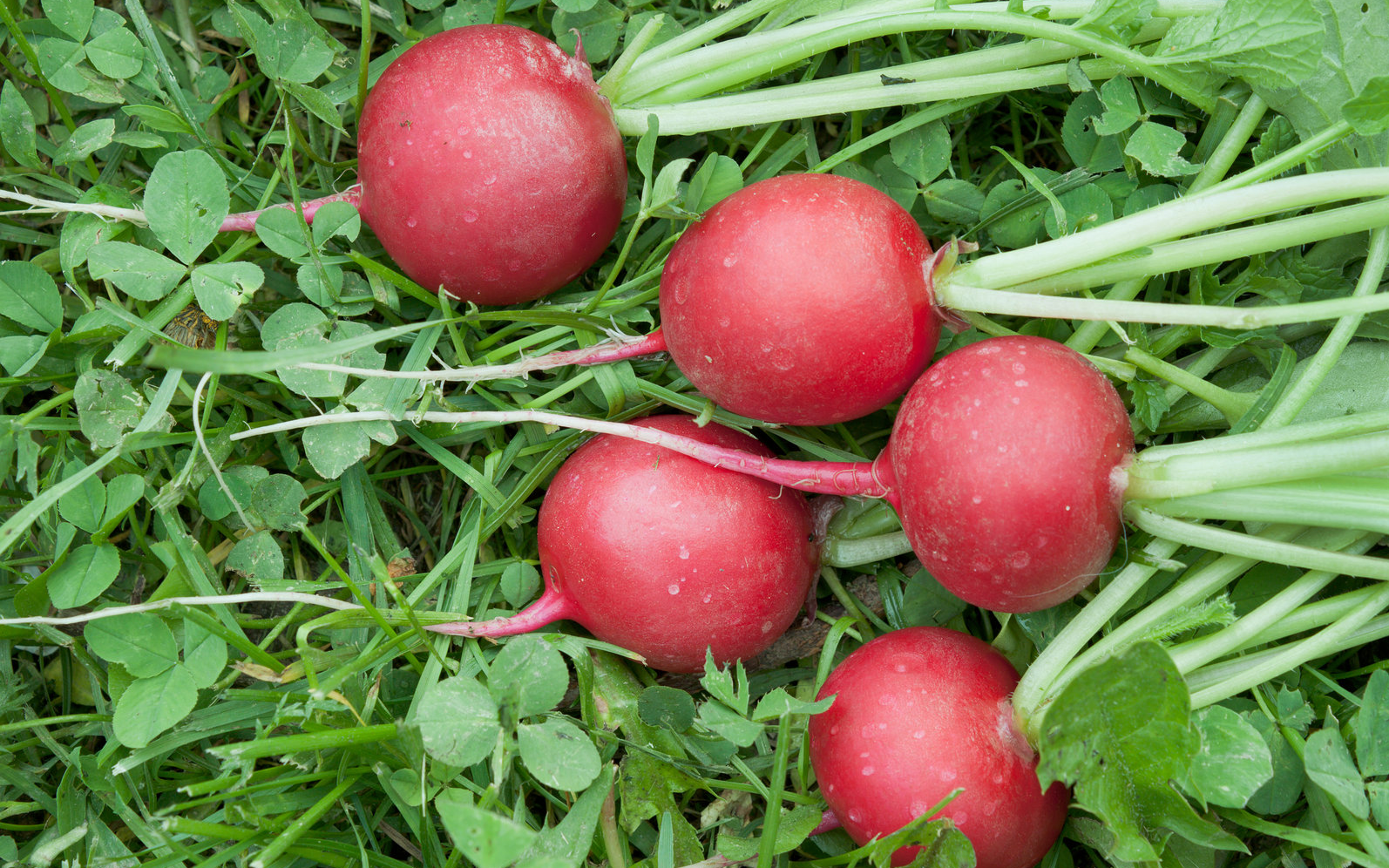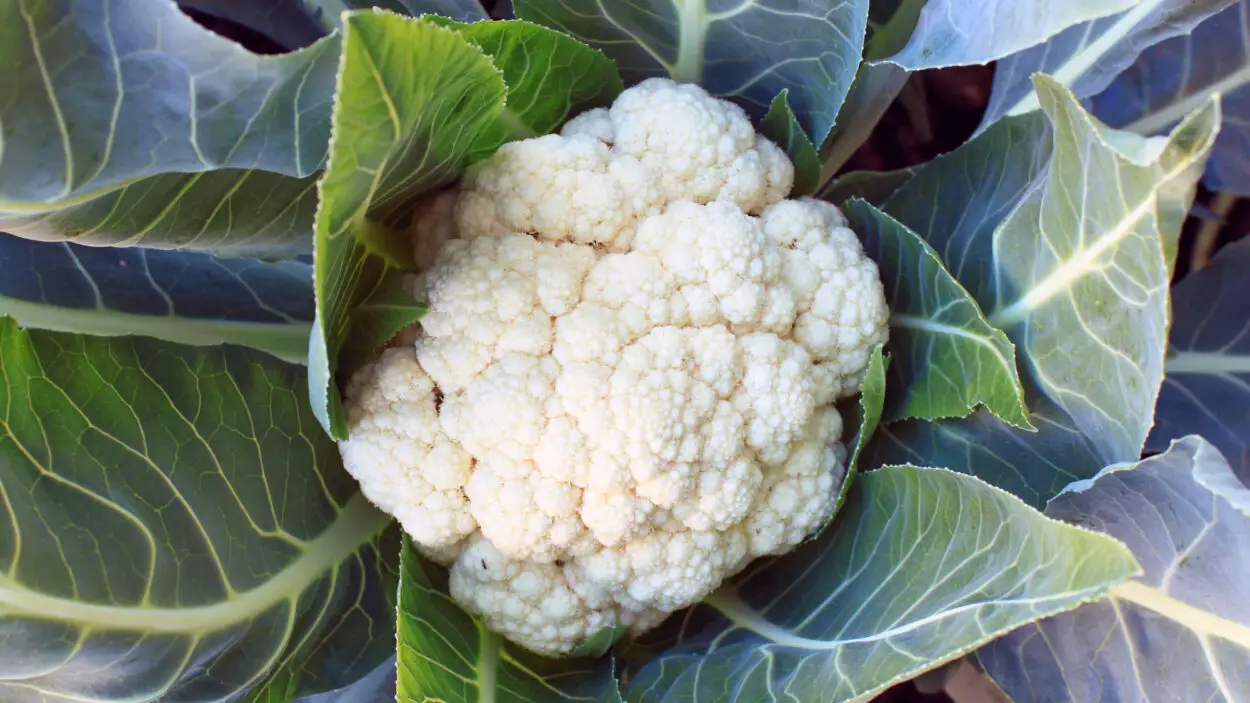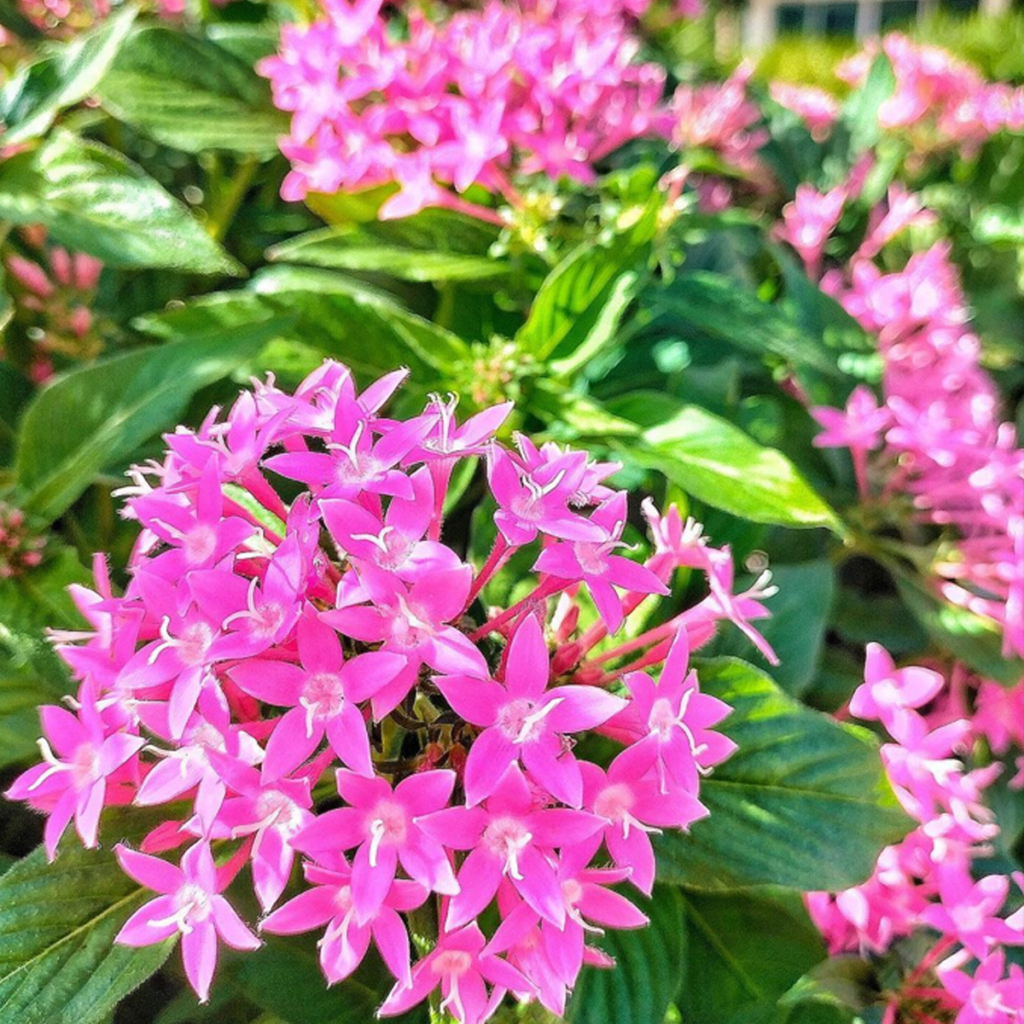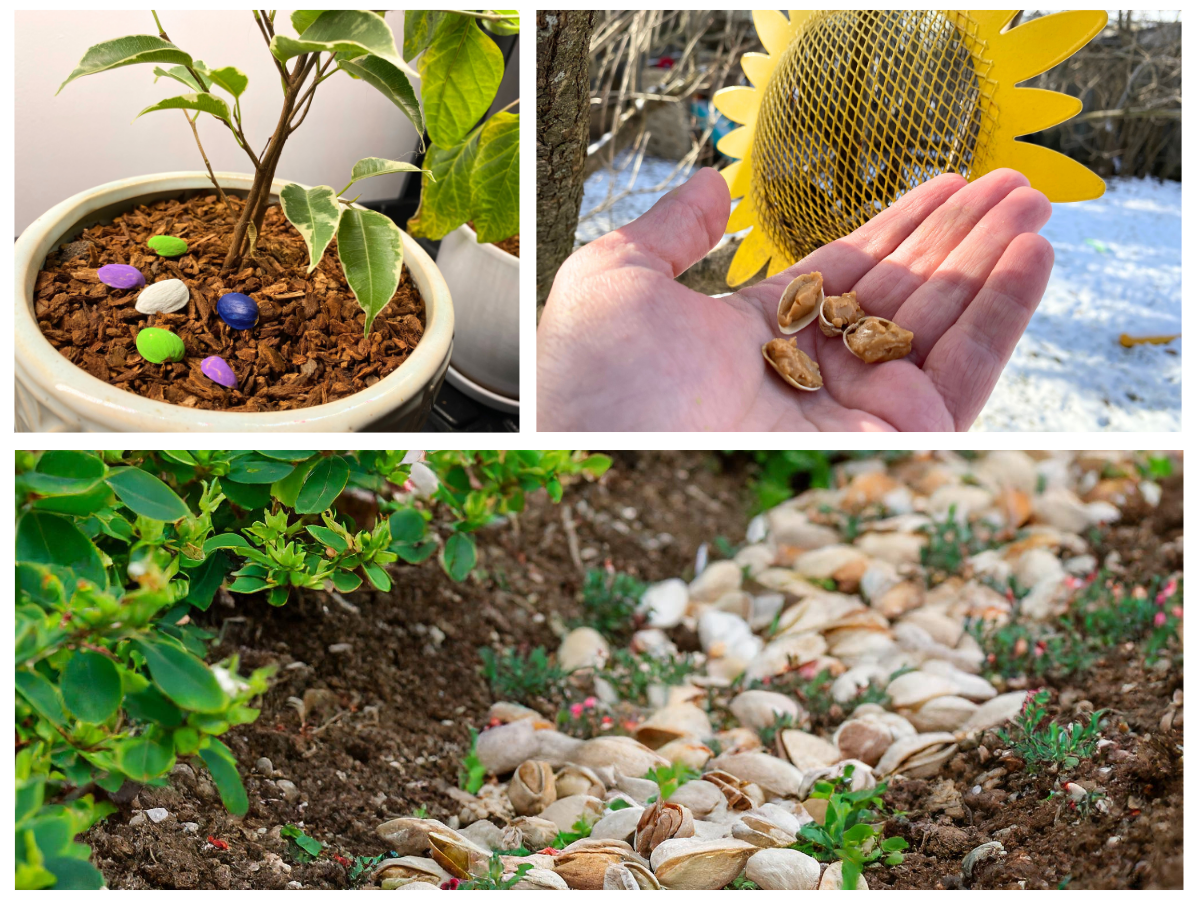Creating a Bee and Butterfly-Friendly Garden

Pollinators are essential for plant reproduction and play a critical role in our food systems. According to the Food and Agriculture Organization of the United Nations (FAO), about 75% of the world’s food crops depend, at least in part, on pollination by bees and other insects. However, pollinators are in decline worldwide due to habitat loss, pesticide use, climate change, and disease. As gardeners, we can help reverse this trend by providing suitable habitats for pollinators in our gardens. In this article, we’ll discuss the importance of pollinators and how to attract bees and butterflies to your garden.
The Importance of Pollinators
Pollinators are essential for maintaining plant diversity, ecosystem stability, and food security. Pollination is the transfer of pollen from the male part of a flower to the female part of a flower, which leads to fertilization and seed production. Pollinators, including bees, butterflies, moths, beetles, flies, and hummingbirds, are responsible for pollinating about 80% of flowering plants worldwide. In addition to producing fruits, vegetables, and nuts, pollinators also provide habitat and food for other wildlife, including birds and small mammals.
However, pollinators are facing numerous threats, including habitat loss, pesticide exposure, climate change, and disease. According to the Xerces Society for Invertebrate Conservation, many North American native bee species are declining, and some are at risk of extinction. Habitat loss due to urbanization, agriculture, and deforestation is a significant pollinator threat. Pesticides, including neonicotinoids and glyphosate, are also harmful to pollinators and can disrupt their behavior, reproduction, and immune systems. Climate change is another threat to pollinators, as it can alter the timing of flowering and pollinator emergence, leading to mismatches between plants and pollinators. Diseases, including the Varroa mite, have also caused significant declines in honeybee populations worldwide.
Attracting Bees to Your Garden
Bees are the most important pollinators of many food crops, including almonds, apples, blueberries, cherries, cucumbers, melons, and squash. There are over 20,000 species of bees worldwide, and they vary in size, color, and behavior. Many species of bees are solitary, meaning they do not form hives or colonies. Solitary bees, including mason bees, leafcutter bees, and mining bees, are important pollinators and easy to attract to your garden.
Here are some tips for attracting bees to your garden:
- Plant a variety of flowers: Bees are attracted to flowers with bright colors and sweet fragrances. Plant a variety of flowers with different shapes, sizes, and colors to provide a diverse range of pollen and nectar sources for bees. Some good choices for bee-friendly flowers include sunflowers, zinnias, lavender, asters, and daisies.
- Provide nesting sites: Solitary bees nest in tunnels, holes, or crevices in wood, stems, or soil. Provide nesting sites for bees by leaving some bare ground, piling up twigs and branches, or setting out bee houses or bee hotels. Bee houses are small wooden structures with holes or tubes for bees to nest in.
- Avoid pesticides: Pesticides can harm bees and other pollinators, so avoid using them in your garden. If you must use pesticides, choose products that are labeled as bee-safe and apply them in the evening when bees are less active.
- Provide water: Bees need water to drink and to regulate the temperature in their hives. Provide a shallow dish of water with stones or twigs in it to give bees a safe place to land and access the water.
- Plant native plants: Native plants are adapted to the local climate and soil, making them easier for bees to pollinate. They also provide the bees with a familiar food source. Consider planting native wildflowers, shrubs, and trees in your garden to attract local bees.
- Maintain a continuous bloom: Bees need a steady source of food throughout the growing season. Plant flowers that bloom at different times to provide a continuous source of nectar and pollen.
- Avoid hybrids: Some hybrid plants have been bred to produce more flowers or larger blooms, but they may not produce as much nectar or pollen as their wild counterparts. Stick to native or heirloom varieties that have not been hybridized.
Attracting Butterflies to Your Garden

Butterflies are another important pollinator and a beautiful addition to any garden. There are over 20,000 species of butterflies worldwide, and they vary in color, size, and behavior. Butterflies are attracted to flowers with bright colors and sweet fragrances, and they also need a host plant to lay their eggs on.
Here are some tips for attracting butterflies to your garden:
- Plant host plants: Butterflies need specific host plants to lay their eggs on and provide food for their caterpillars. Some common host plants for butterflies include milkweed for monarchs, parsley for black swallowtails, and dill for eastern tiger swallowtails.
- Plant a variety of flowers: Butterflies are attracted to flowers with bright colors and sweet fragrances. Plant a variety of flowers with different shapes, sizes, and colors to provide a diverse range of nectar sources for butterflies. Some good choices for butterfly-friendly flowers include coneflowers, black-eyed Susans, phlox, and verbena.
- Provide water: Butterflies need water to drink and to regulate their body temperature. Provide a shallow dish of water with stones or twigs in it to give butterflies a safe place to land and access the water.
- Provide shelter: Butterflies need shelter from wind and predators. Plant shrubs and trees that provide shelter and shade for butterflies, and avoid using pesticides in your garden.
- Avoid invasive species: Invasive species can outcompete native plants and disrupt the local ecosystem. Avoid planting invasive species in your garden, as they may not provide the necessary food or habitat for local butterflies.
Conclusion
Pollinators are essential for maintaining plant diversity, ecosystem stability, and food security. Bees and butterflies are important pollinators that play a critical role in our food systems. However, pollinators are facing numerous threats, including habitat loss, pesticide exposure, climate change, and disease. As gardeners, we can help reverse this trend by providing suitable habitat for pollinators in our gardens. By planting a variety of flowers, providing nesting sites, avoiding pesticides, and planting native plants, we can attract bees and butterflies to our gardens and help ensure a healthy and vibrant ecosystem.




